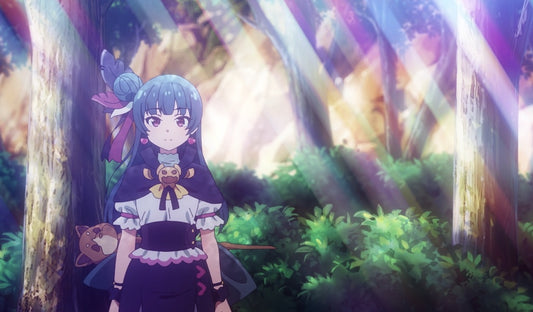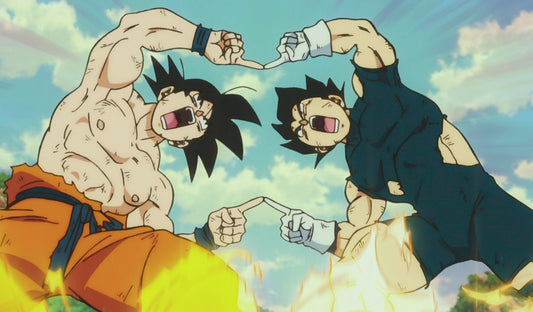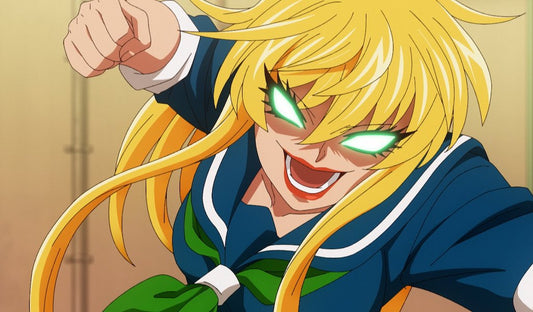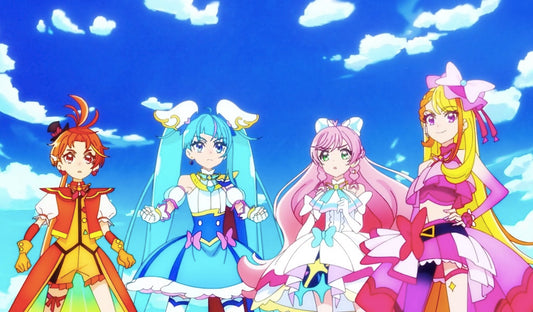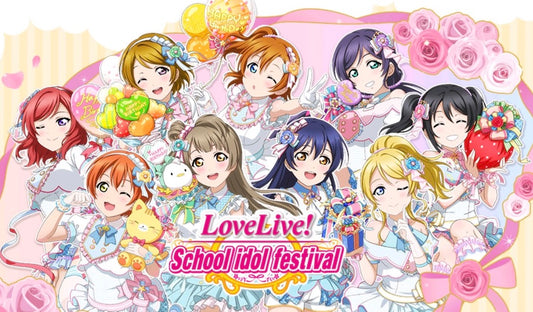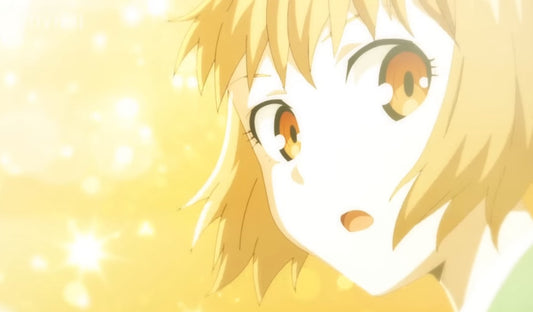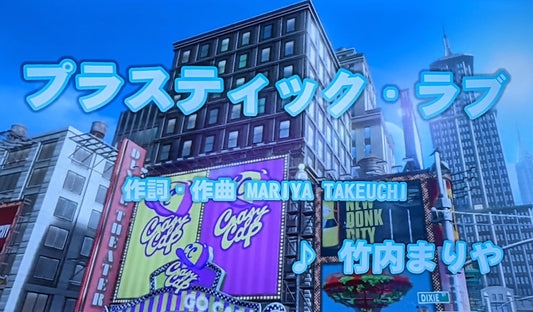How the Precure Age Experiment Set the Stage for Yuri in Kira Kira Precure a la Mode
Carl LiShare

Episode 25 of Kira Kira Precure a la Mode is a game changer in the world of children’s anime. Introducing for the first time a virtually unambiguous lesbian couple into the popular magical girl franchise, Precure, it marks the crossing into a new realm that was previously explored only in the fandom. Precure has always had a loyal yuri fan base, but with the burgeoning love story of Akira Kenjou (Cure Chocolat) and Yukari Kotozume (Cure Macaron) spotlighted, it calls to mind famous yuri romances such as Sailor Uranus and Sailor Neptune from Sailor Moon, or Utena and Anthy from Revolutionary Girl Utena.


The inclusion of fully canon yuri in Precure is itself monumental, and the decision by the creators to have this in their anime is worth applauding. Also, given Chocolat and Macaron’s designs (Chocolat has a Takarazuka Revue-esque look; Macaron is extremely feminine and beautiful), the intent to show a lesbian romance between the two seems obvious in hindsight. However, there is another important element that has set the groundwork for this occasion, something that has slowly worked its way into the franchise over the course of many years—the use of character ages to experiment with new ideas.
Akira and Yukari are high schoolers with romantic feelings for each other in a franchise that traditionally features middle schoolers and places romance in the backseat of its story, if it’s even there at all. The typical Precure series instead emphasizes close (but generally platonic) friendships among girls and positions high school as something in the far future, after all of the magical girl struggles are over. Middle school is essentially the “safe zone” for Precure. The creators know the characters will appeal to their target demographic of elementary school girls.

Since 2009, Precure has slowly diversified the age range of its heroines. Heartcatch Precure! (2009) introduced 17-year-old Cure Moonlight and a supporting character in retired 65-year-old Cure Flower, opening up the world of Precure beyond the realm of junior high. Suite Precure (2010) debuted the first elementary school Precure in Cure Muse. Similarly, Doki Doki! Precure (2013) featured Cure Ace, an elementary schooler who could transform into an adult. Happiness Charge Precure! (2014) was home to an adult villain, Queen Mirage—a former Precure turned to the dark side by having her feelings of love corrupted. Now, we have Cure Chocolat and Cure Macaron.

Akira and Yukari are the latest evidence of how, each time a Precure outside of that 13 to 15 age range is introduced, it comes with a willingness to expand the typical demographic and experiment with new ideas. The introduction of 9-year-old Cure Muse was a move to see if viewers would prefer a heroine closer to their age. 17-year-old Cure Moonlight not only had the potential to appeal to older girls, but her backstory—a Precure who lost the will to fight but is inspired by the new generation to take up the mantle once more—was a first for Precure. Cure Ace, a child who can become an adult, tries to be the best of both worlds. With Akira and Yukari, it’s the first time that we have two heroines outside of middle school. That might seem like a small detail, but it actually helps to establish the foundation for full-fledged yuri to exist in the narrative of Precure itself, and not just in fan speculation.
As one of Toei Animation’s three most popular series along with Dragon Ball and One Piece, Precure can’t risk rocking its boat too hard, but the fact that Chocolat and Macaron are high schoolers renders them as more experimental characters in the first place. While the other, younger heroines of Kira Kira Precure a la Mode have to stay relatively safe and familiar, Akira and Yukari can push the envelope while the core of Precure—platonic middle school friendships among girls—remains safe and intact.

A relatively clear-cut yuri relationship is new territory for Precure, but it can be seen as the latest in a long line of experiments in an established franchise. These have typically come from varying the ages of its central characters to outside the Japanese middle school age range of 13 to 15, but something as simple as making some (but not all!) of the heroines older or younger opens up the opportunity for newer ideas, such as canon yuri. Given this direction, we might even someday see the first official male Precure or perhaps even a trans-Precure. If there’s any show to help build confidence in a young audience trying to learn about themselves, few can be as wide-reaching and as positive as Precure.
Image sources: Heartcatch Precure! Official Site, Suite Precure Official Site, Kira Kira Precure a la Mode Official Site, Precure Official YouTube Channel
